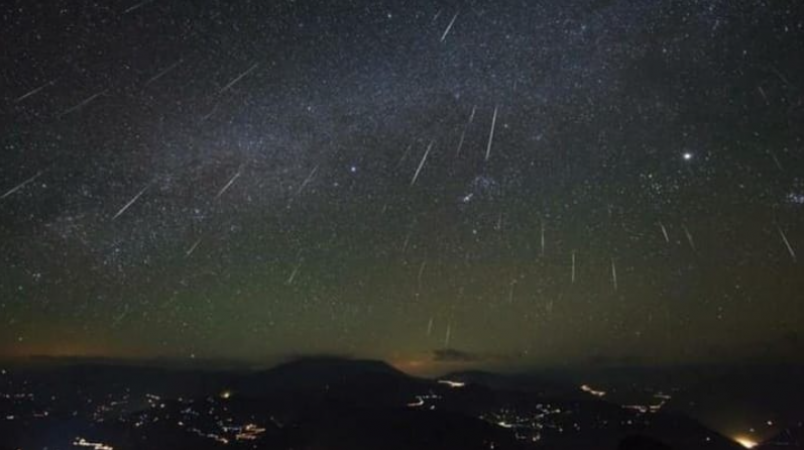
USA: You will be able to see the Lyrids meteor shower, which is distinguished by its swift and brilliant meteors, starting tomorrow. From April 15 to April 29, showers will be visible; their peak will occur around April 22–23.
According to NASA, you will be able to see 10 to 20 shooting stars or meteors per hour during the peak period, assuming the weather is clear.
The month of April will be incredibly exciting for astronomers. We had some of the best views of Mercury and Venus earlier this month, and we are about to see a spectacular meteor shower.
Also Read: IMFC chair: The outlook for the world economy is more uncertain
Lyrids are an intriguing meteor shower because they are among the oldest ever. It has been recognised for about 2,700 years and is thought to have been first noticed in prehistoric China.
Asteroidal fragments and discarded cometary debris are the sources of meteors. As they travel around the Sun, comets leave behind a trail of dust. Every year, as the Earth crosses these comet trails, small pieces of debris collide with our planet's atmosphere and burn up, creating fiery and vibrant streaks in the sky. The comet known as C/1861 G1 Thatcher is the cause of the Lyrid meteor shower.
Also Read: Despite opposition Macron signs France's pension reform into law
The Lyrid meteors rarely produce long-lasting glowing dust trails as they fly through the Earth's atmosphere, but they can occasionally produce fireballs, which are bright flashes of light. Up to 100 meteors per hour have been seen in the past. The years 1922 in Greece and 1982 in the United States were some of those with more intense meteor showers.
Lyrids appear to originate from a point in the sky known as the radiant, which is close to the constellation Lyra. The meteor shower also gets its name in this way.
The brightest star in this constellation, Vega, will appear to be where the showers first appear to form. When viewing the Lyrids, it is recommended to look away from the radiant to prevent the meteors from appearing too brief.
Also Read: Lula of Brazil meets Xi in Beijing after criticising the US dollar and IMF
According to NASA, the northern hemisphere offers the best viewing conditions for the Lyrids meteor shower. Midnight to dawn would be the best viewing hours. Try to avoid areas with bright lights. Binoculars or a telescope are not necessary to view the meteor showers. Give your eyes 30 minutes to get used to the dark.